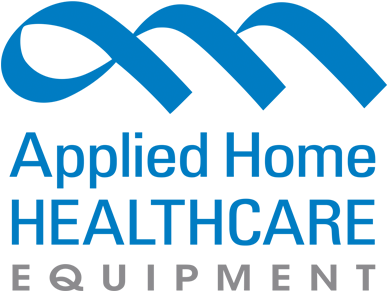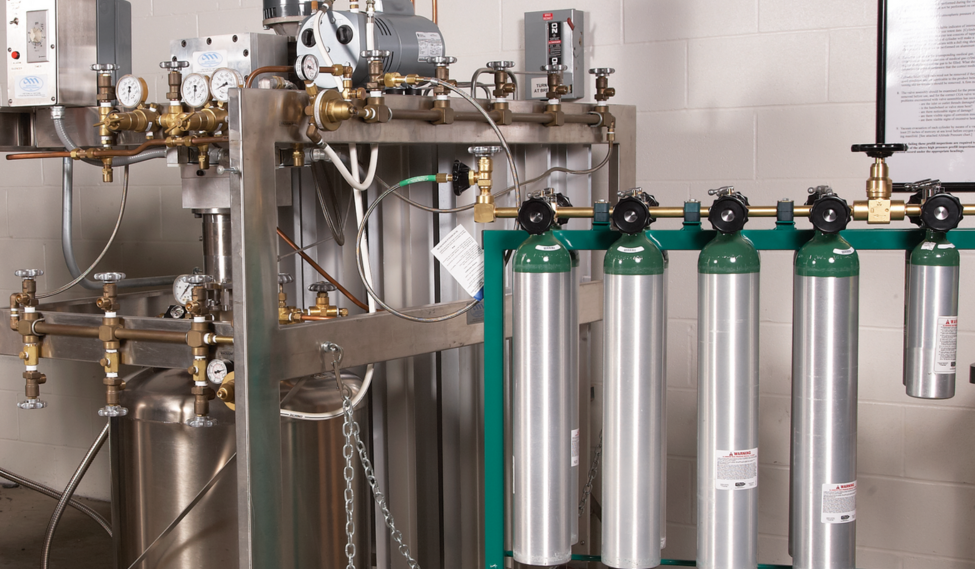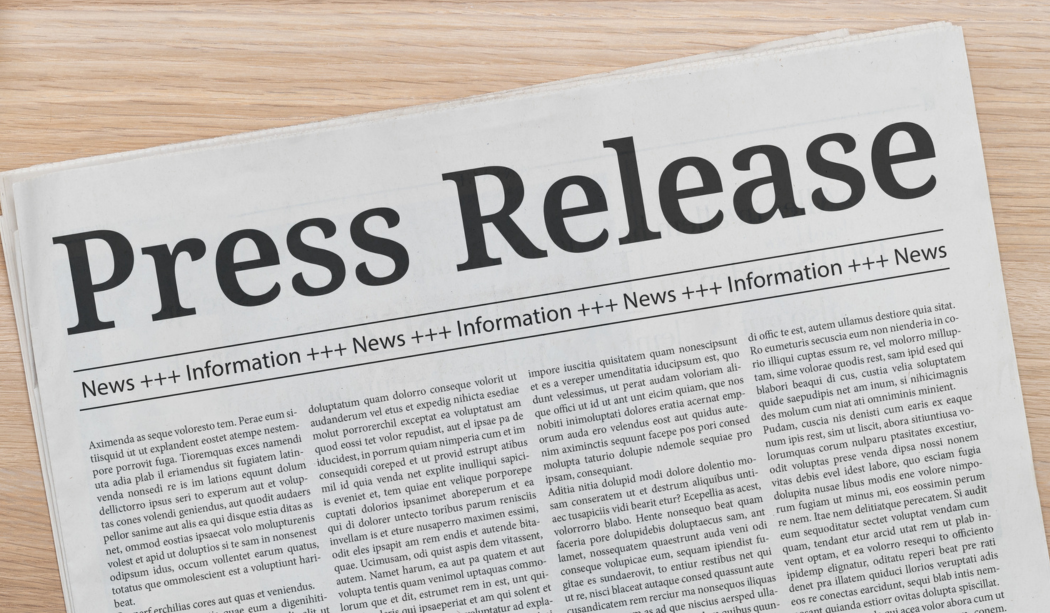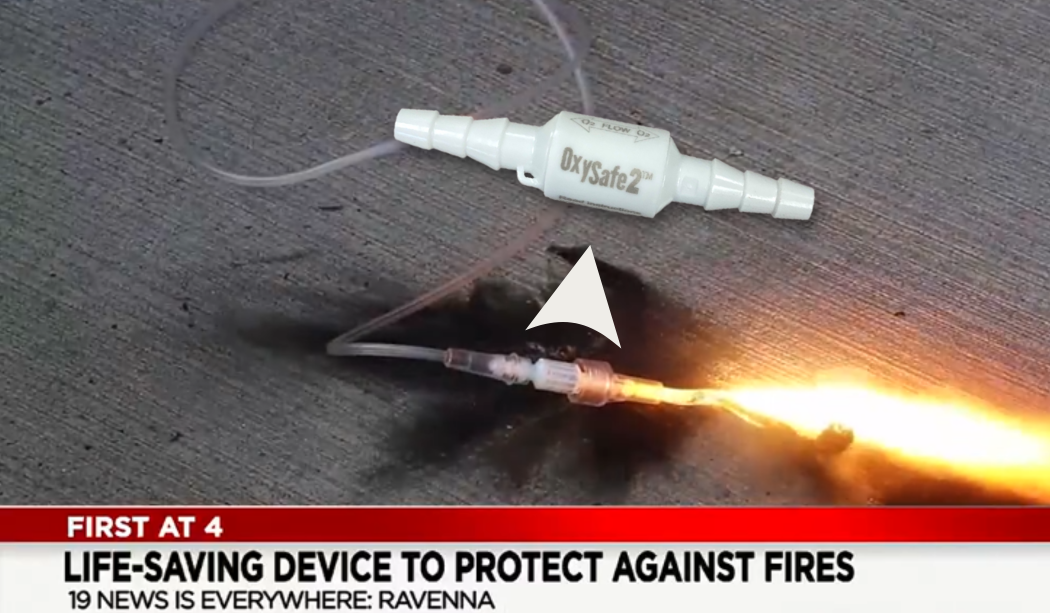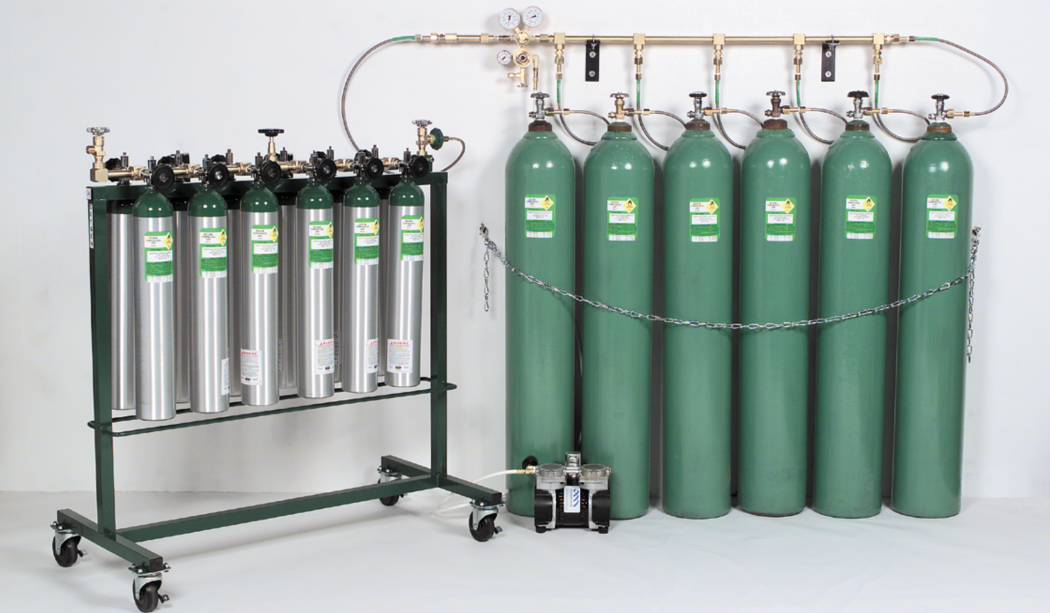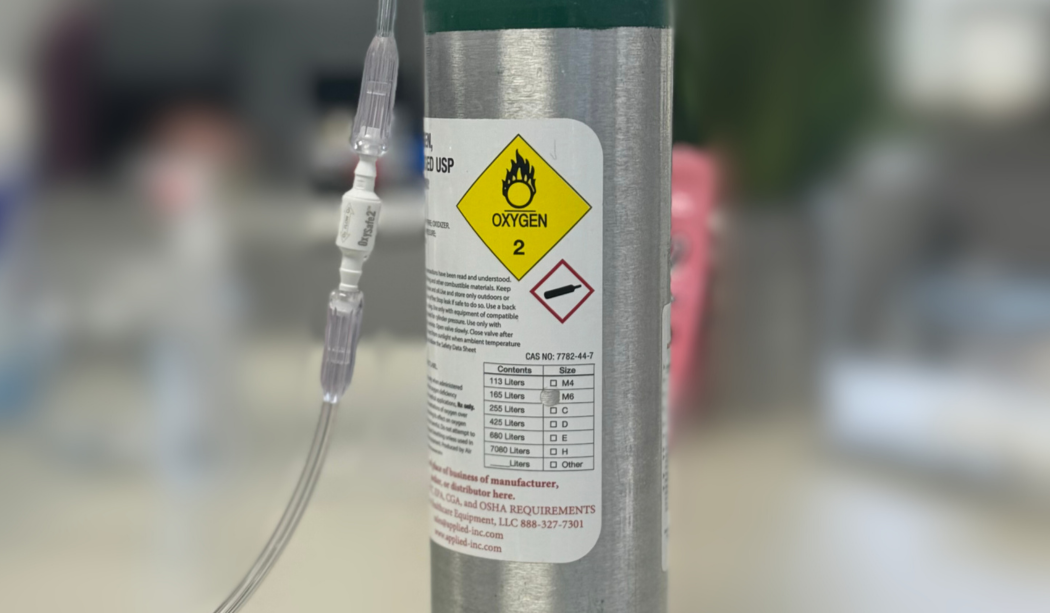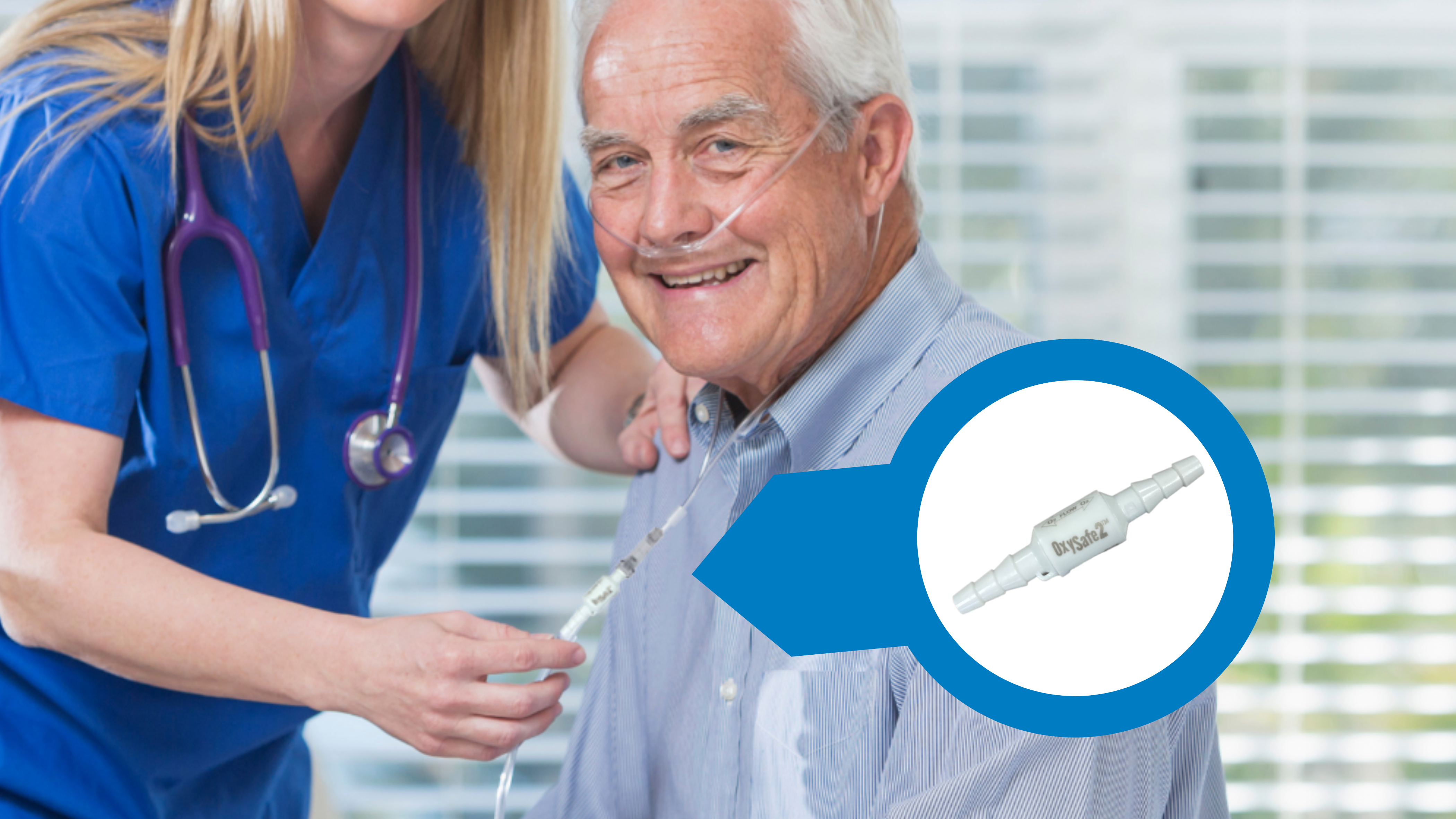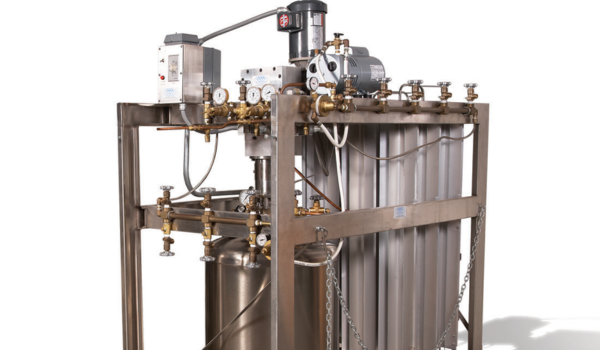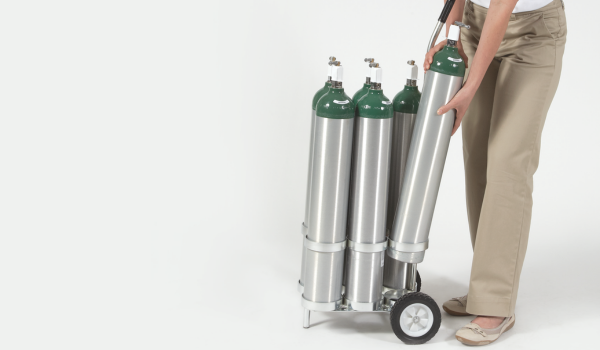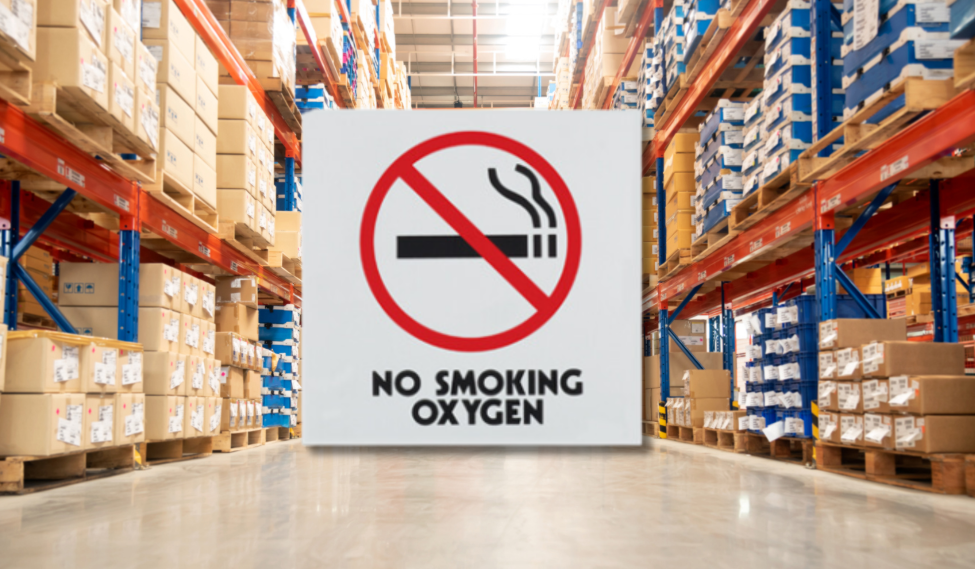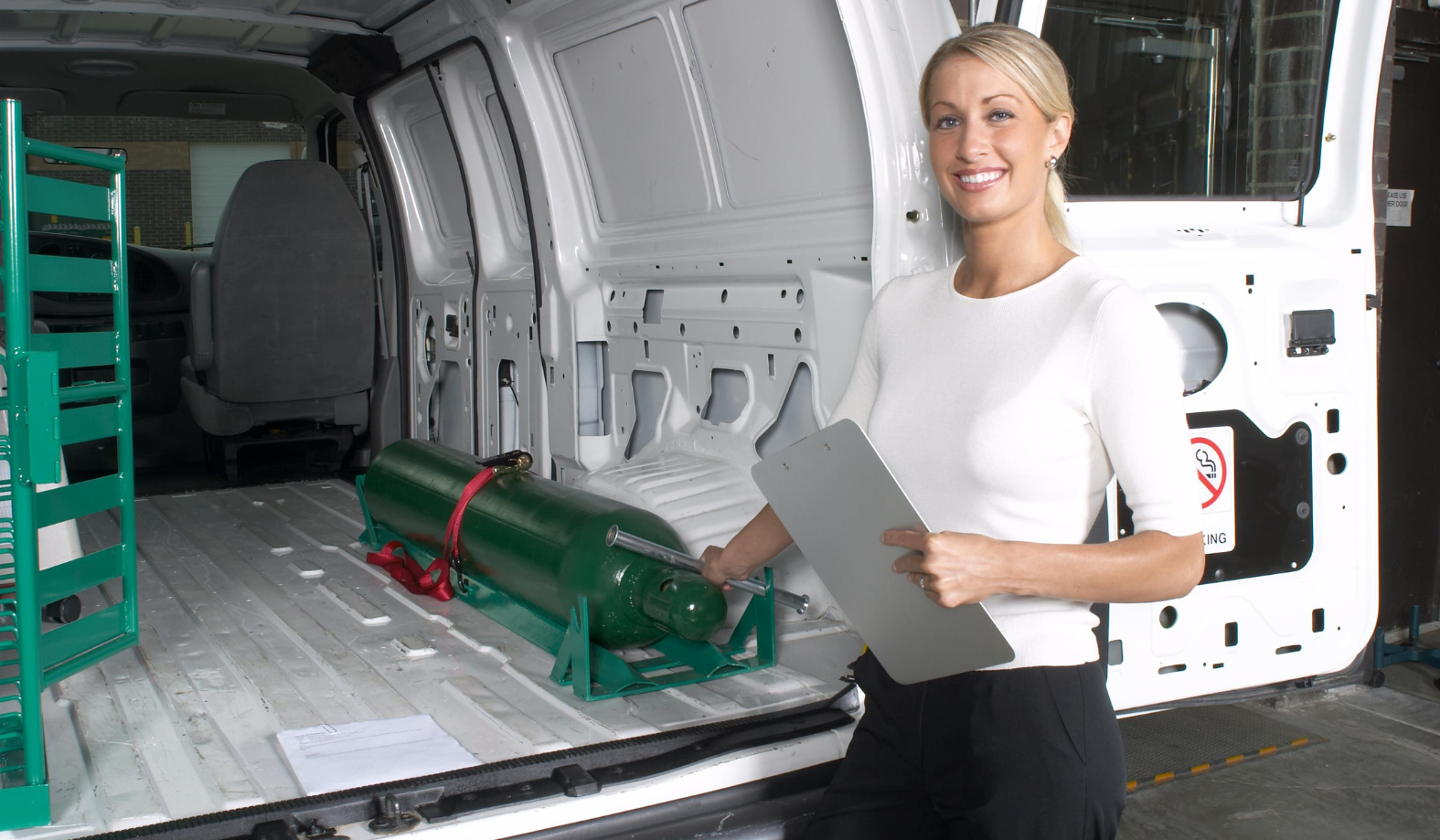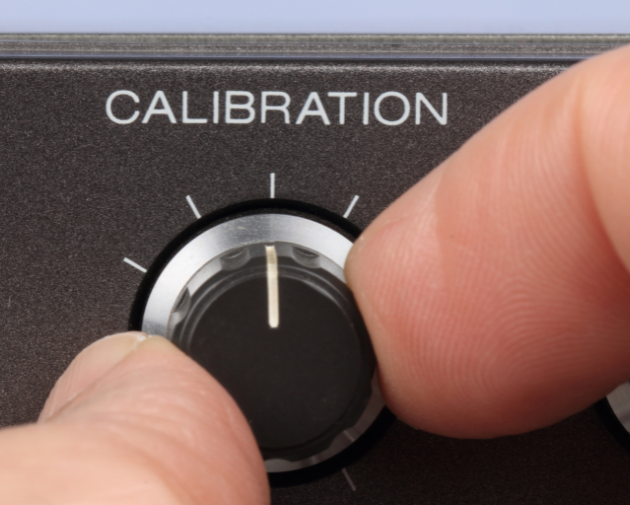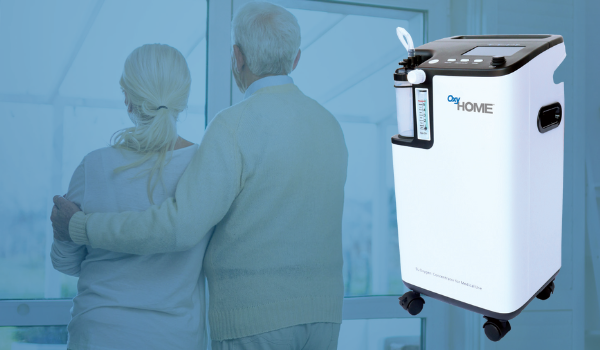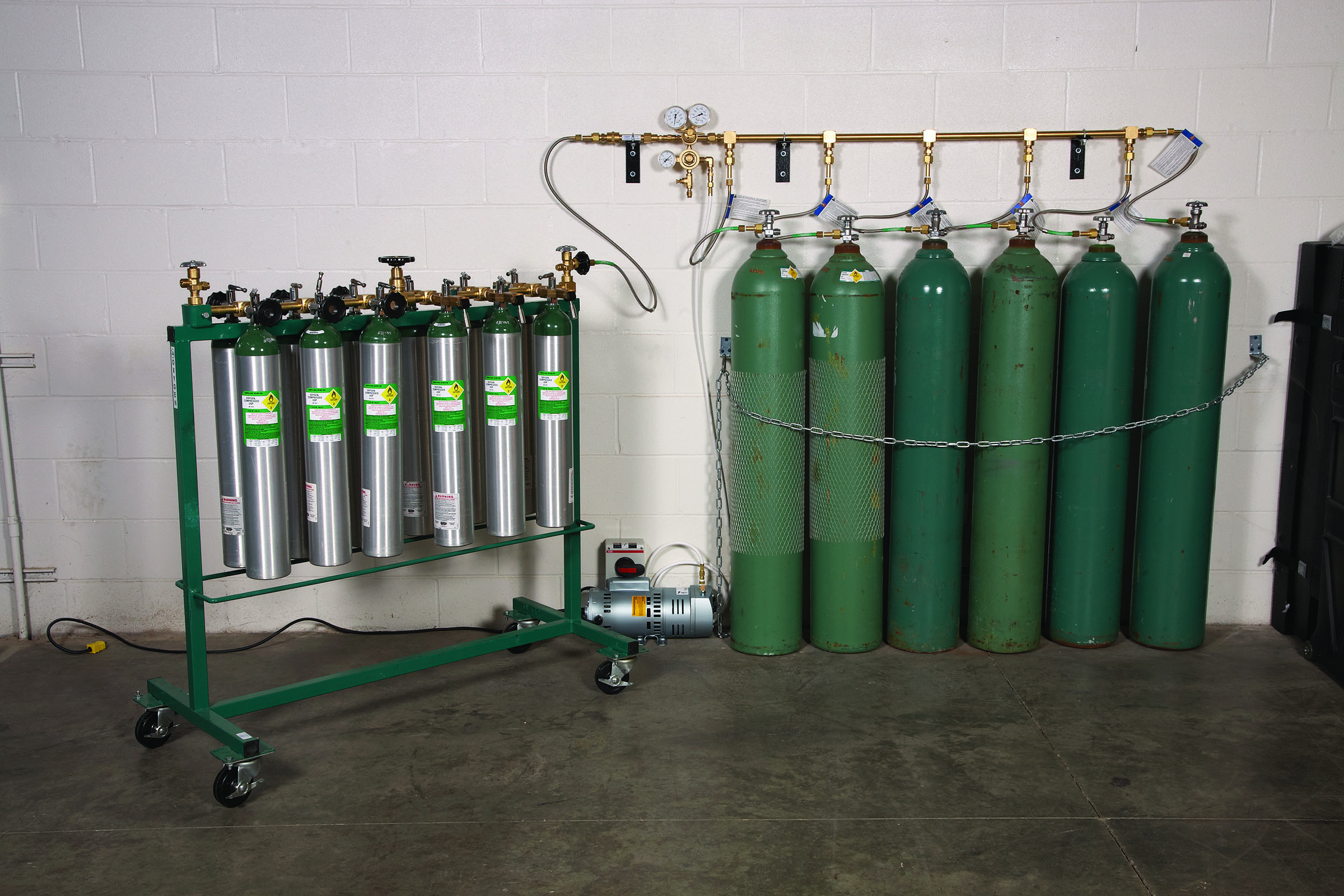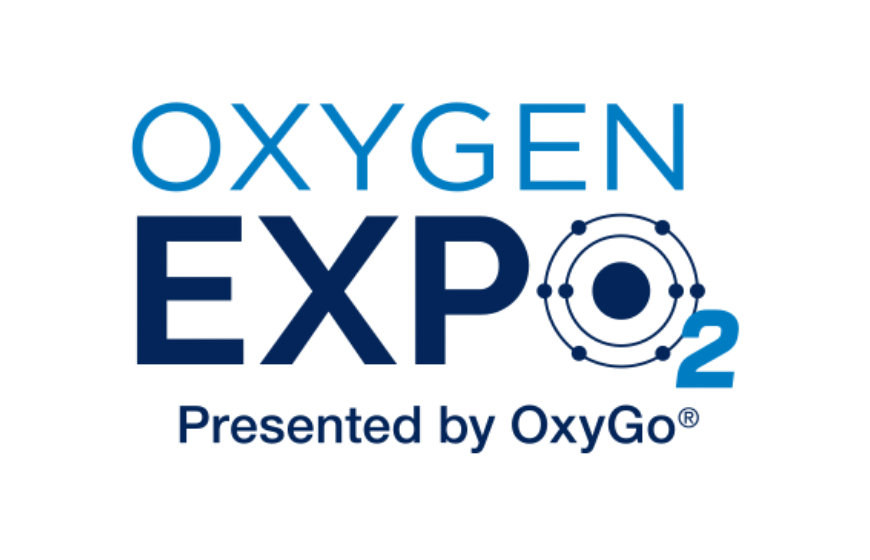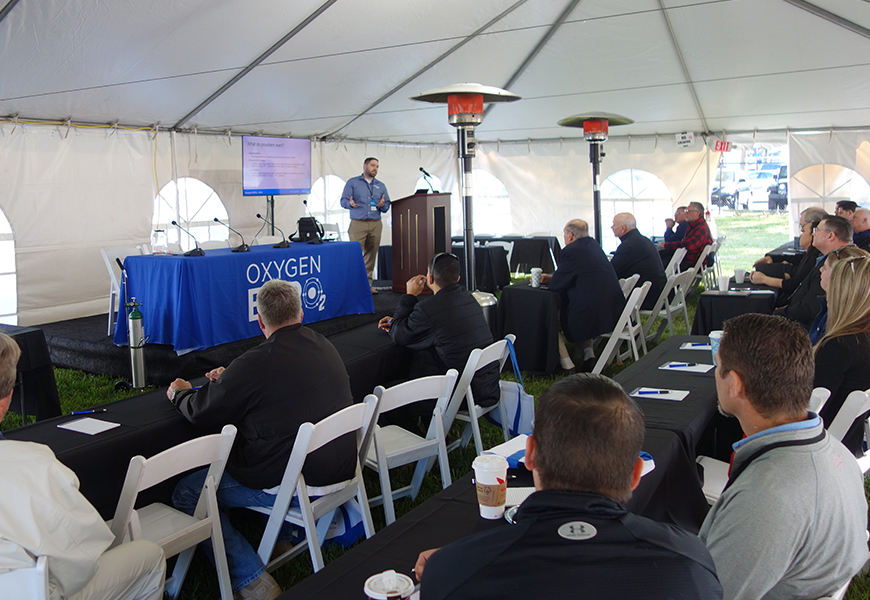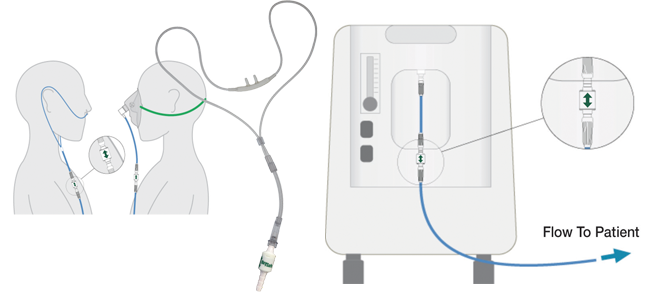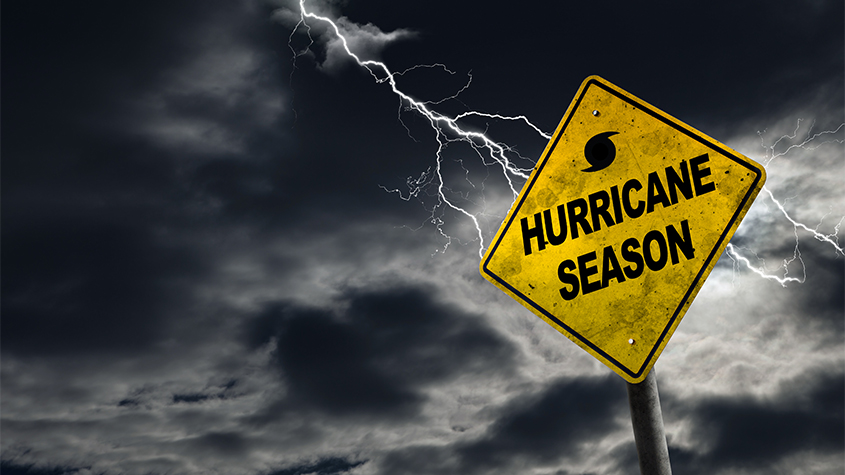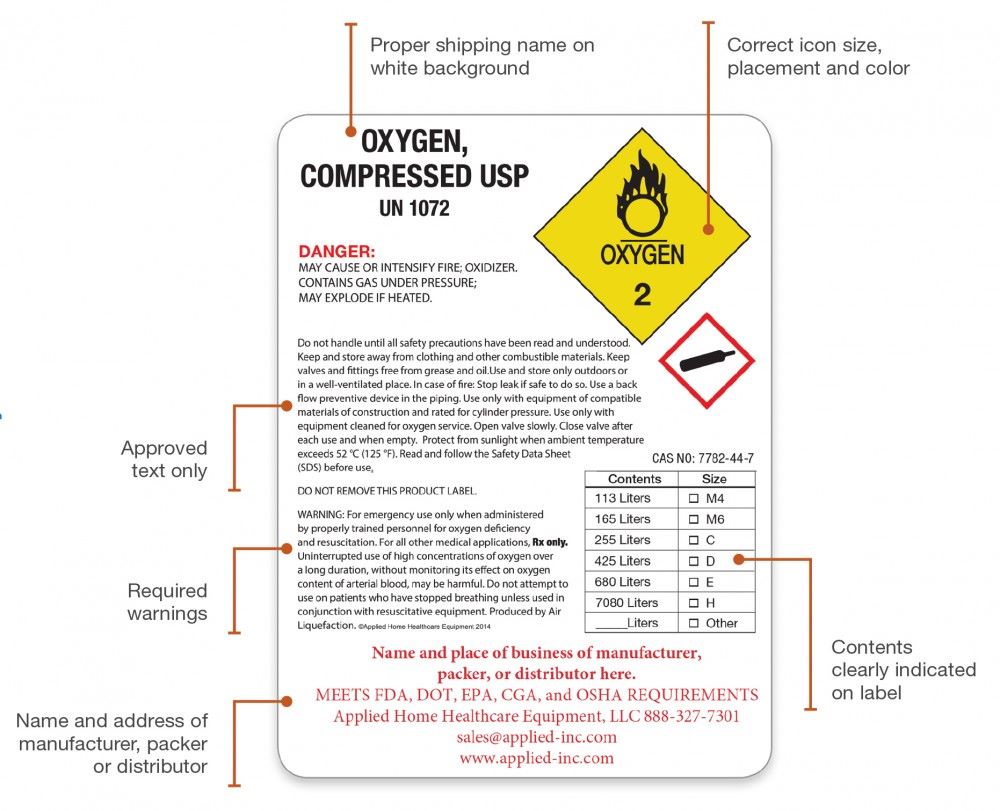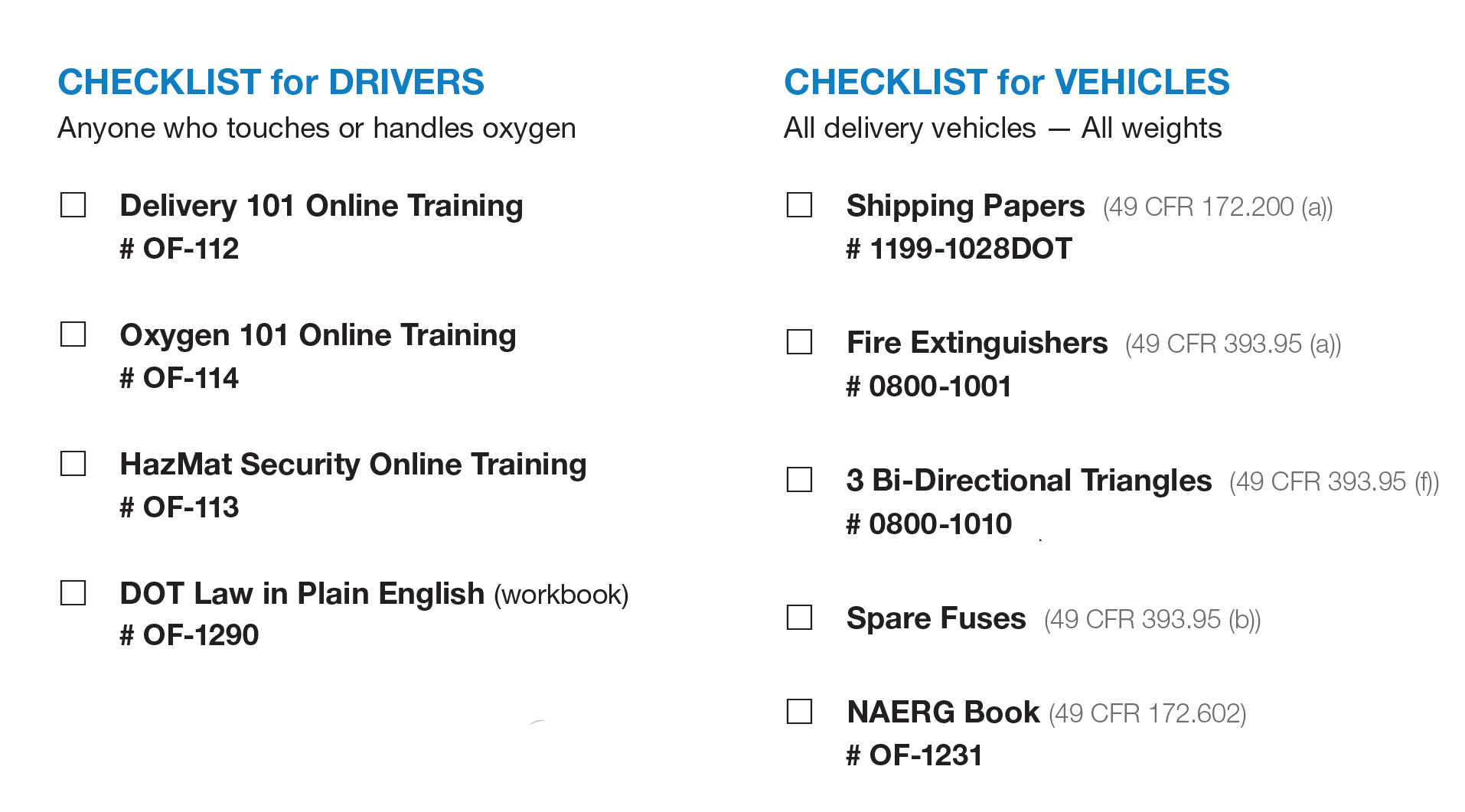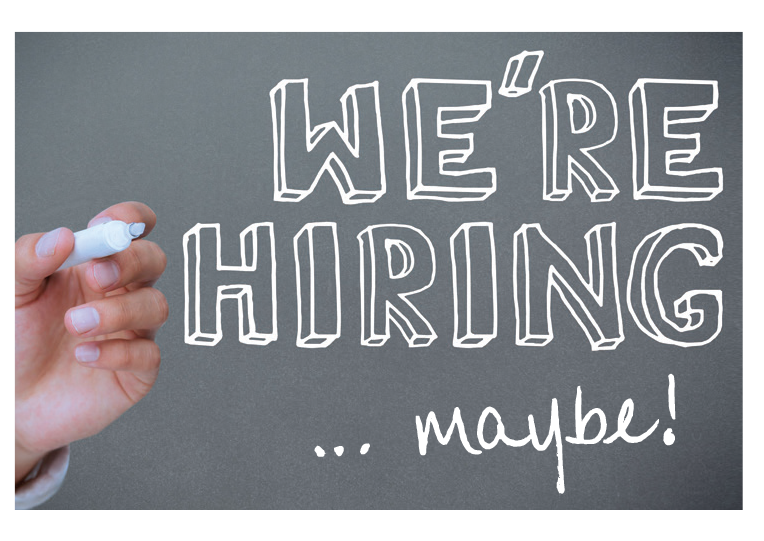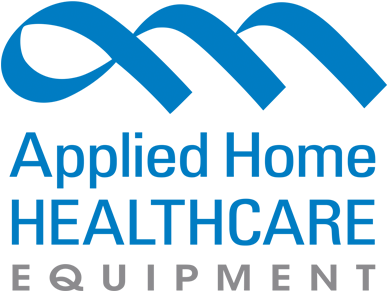Posted By Regan Haas
May 20, 2024
Category: Transfill, Liquid To Gas, Gas To Gas, Oxygen
Oxygen transfilling is the process of transferring oxygen from a large, bulk storage tank to smaller, portable cylinders. This ensures that oxygen, whether in liquid or gas form, can be easily transported and used across various settings. The efficiency and safety of this process are vital to ensure the oxygen stays
Posted By Regan Haas
May 10, 2024
Category: Industry News, HME, DME, Oxygen, OxyGo
OxyGo and Applied Welcome Chris Carter as New Chief Operating Officer
Posted By Regan Haas
April 26, 2024
Category: Thermal Fuse, Firebreak, OxySafe, Oxygen Safety, Fire Safety, Oxygen
A low-cost thermal fuse device is being championed by Ohio fire authorities as a potential life-saver that could also prevent severe property damage from fires. The device is part of an initiative by the state's fire marshal to decrease the incidence of fatal fires, particularly those caused by individuals smoking while using oxygen
Posted By Regan Haas
April 24, 2024
Category: Transfill, Oxygen, Safety, FDA, Compliance
So, if the FDA considers you a drug manufacturer, what does that mean? It means that you must take specific steps to ensure your patients receive the accurate purity of oxygen, and the FDA will verify your compliance with these procedures. One of those things is the annual records
Posted By Regan Haas
April 19, 2024
Category: Compliance, Oxygen, Safety, Labels, Cylinders
Medical oxygen is an essential resource in the healthcare industry and is used to treat a wide range of respiratory conditions. To ensure the safety and quality of medical oxygen, there are specific label requirements that must be followed for high-pressure and liquid oxygen
Posted By Regan Haas
February 23, 2024
Category: OxySafe, Oxygen, Firebreak, Fire Safety, Thermal Fuse
The rise in fires related to home oxygen therapy (HOT) is a growing contributor to fire-related fatalities in the United States.
Posted By Regan Haas
January 04, 2024
Category: Transfilling, Oxygen, Refilling, Gas To Gas, Liquid To Gas
Get your oxygen transfilling questions answered
Posted By Regan Haas
November 27, 2023
Category: Oxygen, Cylinders, Safety, Best Practices
Compressed gas cylinders, which function as pressure vessels, can become dangerous projectiles if their contents are suddenly released due to accidents or mishaps. To prevent cylinder damage and accidents, it is crucial to employ carriers, bags, or carts when handling and transporting
Posted By Regan Haas
October 11, 2023
Category: Oxygen, Safety, Signage
Smoking in proximity to medical oxygen is prohibited due to the significant risk of combustion. That is why it is important to display prominent No Smoking
Posted By Laura Frederick
June 27, 2023
Category: Cylinders, Oxygen, Delivery, Safety, Best Practices
This article aims to highlight the best practices for securing oxygen cylinders in delivery vehicles, emphasizing the importance of adherence to safety guidelines and
Posted By Laura Frederick
May 02, 2023
Category: Equipment Calibration, Oxygen, Transfill
In order to ensure that the oxygen being supplied is of high quality and meets the necessary standards, it is important for companies in the medical oxygen industry to regularly calibrate their
Posted By Laura Frederick
April 13, 2023
Category: Oxyhome, HME, DME, Oxygen, Concentrator
OxyGo is proud to announce the launch of their latest product, the OxyHome 5L Stationary
Posted By Carmella Arroyo
March 22, 2021
Category: Cylinders, Gas, Compressed, Rules, Safety, Oxygen, Transporting, Storing, Regulations
Here are four regulatory rules you should follow when transporting, moving, and storing or working with compressed gas
Posted By Brittany Fichter
January 13, 2021
Category: Oxygen, Expo, Education, Ceu, Respiratorytherapist
Learn from the best in the industry on all things oxygen.
Innovations, introductions, ideations and discoveries will abound at the Oxygen EXPO2. The 2021 show will feature sessions led by industry experts. Each session will aim to deliver solutions to some of the industry’s most pressing challenges and exciting
Posted By Brittany Fichter
January 31, 2020
Category: Oxygen, OxyGo, Events, Technology, Industry News, Training Education
Learn about the latest advancements in ambulatory oxygen at Oxygen EXPO2, featuring OxyGo NEXT, Bluetooth tech, and cutting-edge patient
Posted By Laura Frederick
September 17, 2019
Category: Oxygen, Oxygen Safety
A study reveals home oxygen fires in the US cause more deaths than estimated, highlighting the urgent need for better
Posted By Laura Frederick
August 29, 2019
Category: Oxygen, Oxygen Safety, Industry News
Prepare for hurricane season with OxyGo Hurricane Bundles. Ensure your patients have extra battery life and chargers for their POCs during
Posted By Kristen Cifranic
September 08, 2015
Category: Oxygen, Equipment, Regulatory Compliance
It is the responsibility of the company that fills, stores, delivers, handles and uses oxygen to ensure that the label complies with applicable governmental
Posted By Kristen Cifranic
July 16, 2015
Category: Oxygen, Regulatory Compliance
Failure to follow DOT requirements can result in fines of $2,100 or
Posted By Kristen Cifranic
July 08, 2015
Category: Oxygen, Business
The CIO reduced the risks and hassle of e-mail outages by moving the organization’s Microsoft Exchange server to a well-known national e-mail management firm. This firm provides professional 24/7 service, reliability, and much higher level of
 View Cart []
View Cart []